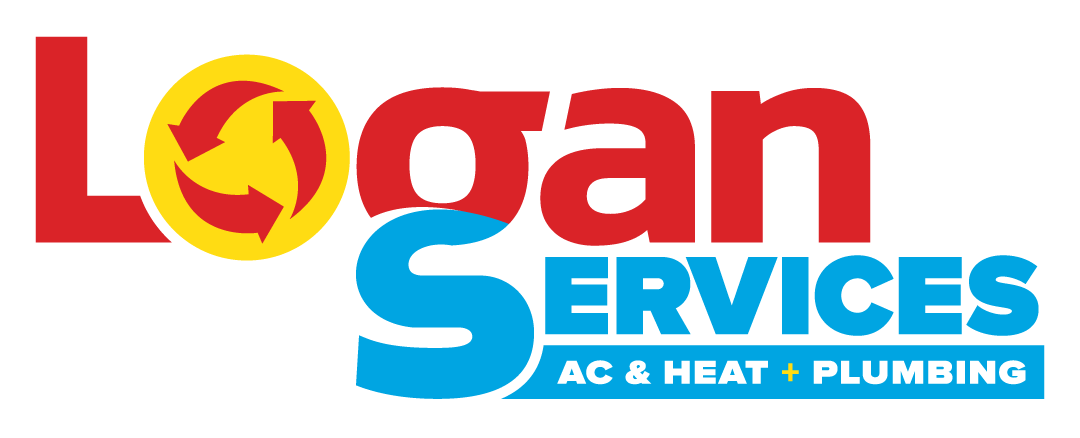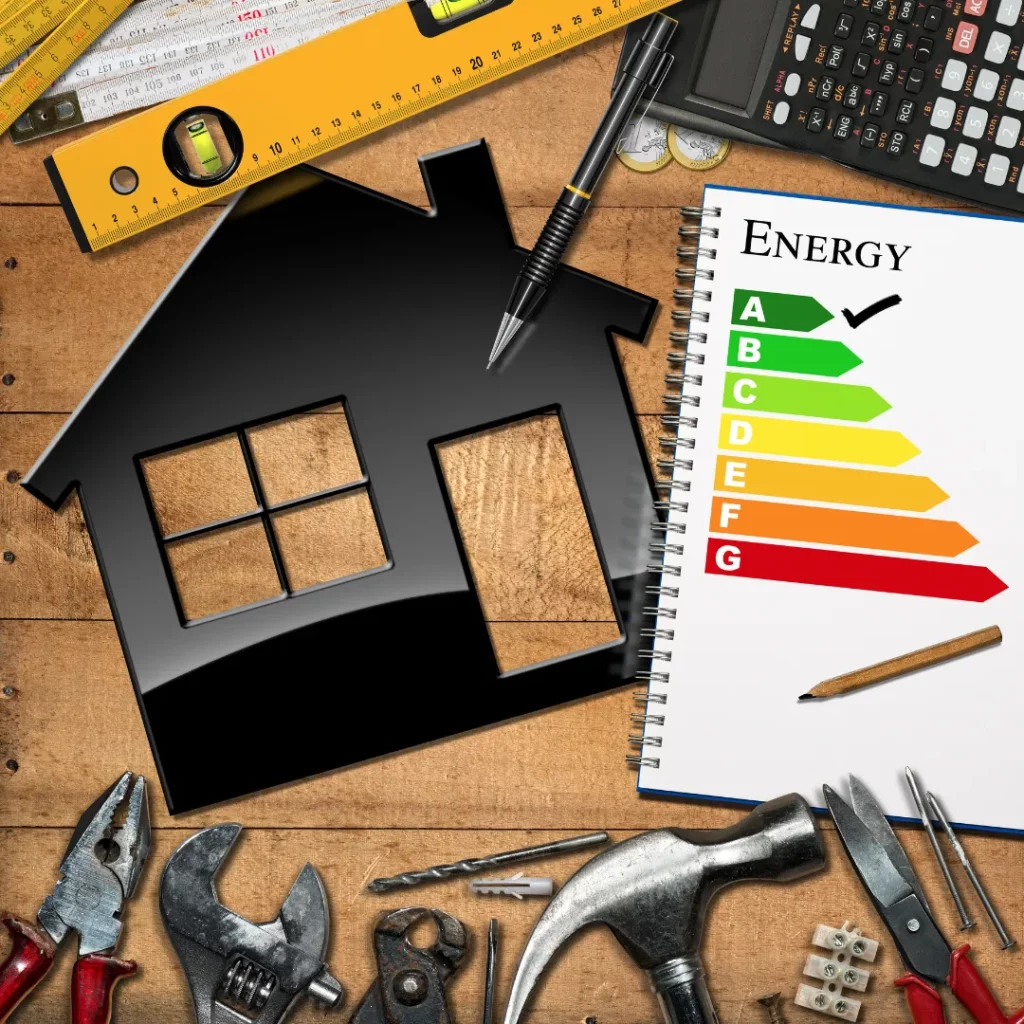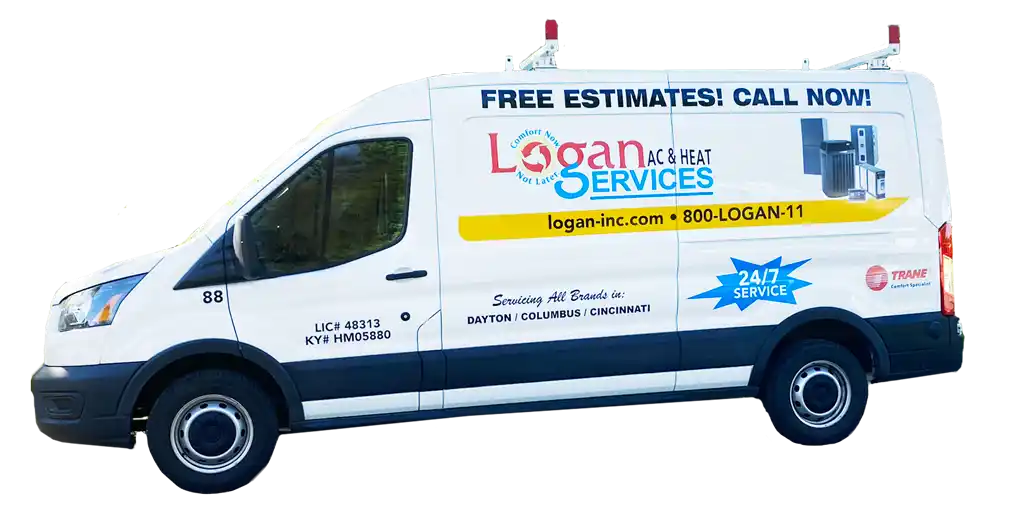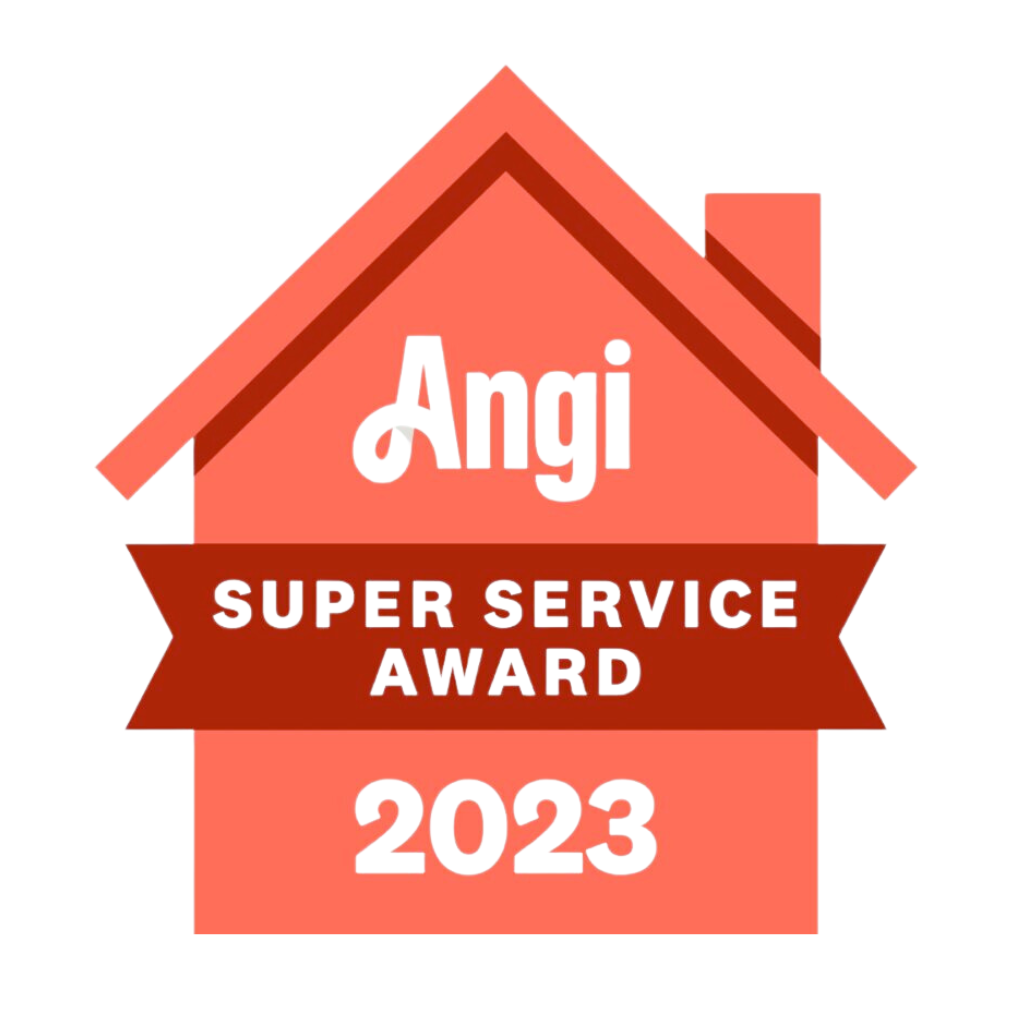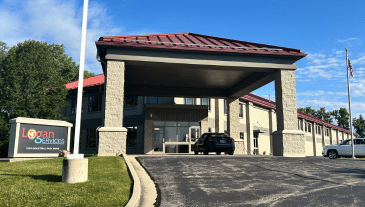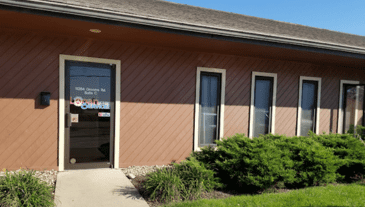When it comes time to replace your heating and air conditioning system, you’ll want to heavily consider the efficiency levels of the choices that are available. With energy costs on the rise, the efficiency of your heating and cooling system matters. Air conditioning and heating accounts for nearly 49% of your home’s energy consumption. If you’re due for HVAC replacement, here are a few things to know before you decide on what you’ll have installed.
What is SEER2?
Before 2023, air conditioner and heat pump efficiency were measured in SEER which stands for Seasonal Energy Efficiency Ratio. However, in 2023, the Department of Energy raised its efficiency testing standards (known as the M1 Standard), and now all heat pump and air conditioner efficiency is notated as a SEER2 measurement. This is also the new measurement for all mini split (or ductless) systems. This reevaluation of energy efficiency is nothing new. Every six years the Department of Energy assesses energy usage of mechanical systems and appliances such as air conditioners and heat pumps. However, the new standards set in place for 2023 are in line with the ongoing effort to lower energy consumption in the United States.
How is the M1 Standard Calculated?
To calculate the energy efficiency of a mechanical air conditioning system, a static pressure test is necessary. The new 2023 static pressure tests are up to 5 times greater than previous levels determined as the standard. This increase has reduced the rated efficiency of air conditioners, especially single-stage and two stage units.
The M1 Standard also affects heat pump systems. Until 2023, heating has been measured in HSPF (Heating Seasonal Performance Factor). Since heating efficiencies have also been lowered through the new testing implementation, heat ratings are now notated as HSPF2 ratings. The new M1 Standard testing results regard variable speed heat pump systems as more efficient, and negatively impacts the efficiency of single-stage and two-stage air conditioning and heat pump systems.
How Do HSPF2 and SEER2 ratings affect my current heating and cooling system?
If you had an air conditioning and heating system installed prior to 2023, note that the efficiency level of your system has both naturally decreased (as efficiency decreases over time) and has also decreased due to the change in measurement.
In most cases, ratings have taken a reduction of 1 SEER level. If you have an air conditioner with a SEER rating of 18, it’s likely that the SEER2 rating would fall to 17. The same reductions are also true for heat pumps. If you have a heat pump that offered an HSPF rating of 8.8, it’s likely the HSPF2 rating of that same heat pump is now 7.5. This does not necessarily mean you need to install a new system, but you should be aware of the calculation changes and that you’ll want to seek a higher efficiency (and quite possibly consider a variable speed or multi-stage system) the next time you are due for replacement.
If your HVAC system is older and producing higher than expected utility usage, you may want to schedule a free in-home estimate from our friendly team at Logan Services. We can help you select a cooling and heating system that will operate efficiently and effectively for the layout and design of your home.
What SEER2 and HSPF2 ratings should I look for when replacing my air conditioner or heat pump?
The Department of Energy rates systems by the M1 Standard testing, and by geographic region. In Ohio, we are considered part of the northern region. If you’re planning to replace your air conditioner, the lowest SEER2 level is now set at 13.4. If you are planning to replace your heat pump, to match SEER2 qualifications, the heat pump minimum efficiency is now 14.3 SEER2. Make sure your heat pump or air conditioner meets or exceeds these minimums or it could end up costing you more in operational expenses.
Why are variable speed or multi-stage air conditioners and heat pumps better for your home?
When preparing for a new air conditioner or heat pump installation, keep in mind that SEER2 minimums aren’t the only factor in determining whether your new cooling/heating unit will do a good job of conditioning your home. In fact, we encourage you to look at the higher-end efficiencies that offer variable speed or multi-stage conditioning. Rather than running full blast like a one-stage system, variable speed units fluctuate during operation. Run times are usually longer than a basic one-stage unit, but the system uses less energy by running at a lower, longer rate. These variable speed air conditioners or heat pumps speed up or slow down as needed to match the desired set temperature of your home. These systems do a far better job of keeping the temperature in your home consistent and help with lowering the possibility of patchy hot and cold spots by keeping the air flow moving. Variable speed air conditioners also do a better job of reducing humidity in the summertime through longer runtimes which allows for up to 10X better moisture removal from the air as it passes over the evaporator coil.
What are manufacturers doing to improve HVAC innovation and home electrification?
For more than 20 years, Logan Services has offered Trane as its premiere brand because of Trane’s commitment to improving its technology. Trane is highly focused on building energy-efficient systems to provide solutions for homeowners both here in Ohio and around the world. By manufacturing heating and cooling systems that are efficient, Trane is doing its part to slow the demand for fossil fuel burning appliances and in lowering the carbon footprint.
How should I begin selecting a new air conditioner or heat pump?
At Logan Services, we recommend you begin your research with a free, in-home estimate from our team. We will come to your home to assess your current HVAC system, and then show you some choices for replacement that will best fit the design and layout of your home, the way you want to feel when the project is complete, and the budget you have for the project. We offer financing options that can help make your HVAC replacement project fit to your schedule.
Once you decide on which air conditioner or heat pump is best for your home, our installation team will be there to begin the work. Most installations take just one day to complete, and next-day installation is offered on a first-come, first-served basis.
FAQ’s
What is SEER2?
SEER2 is a new rating nomenclature for air conditioners that is calculated by the efficiency standards set in place by the Department of Energy on January 1, 2023.
What is an HSPF2 rating?
HSPF2 is a rating set in place by the Department of Energy as of January 1. 2023, which calculates the efficiency of heat pumps through increased static pressure testing standards.
How do I know the SEER2 or HSPF2 rating of my new air conditioner or heat pump?
Your user’s guide will explain your system’s efficiency levels. Also, your installation provider will be able to share any unit information with you including facts about your system’s minimum efficiency output.
